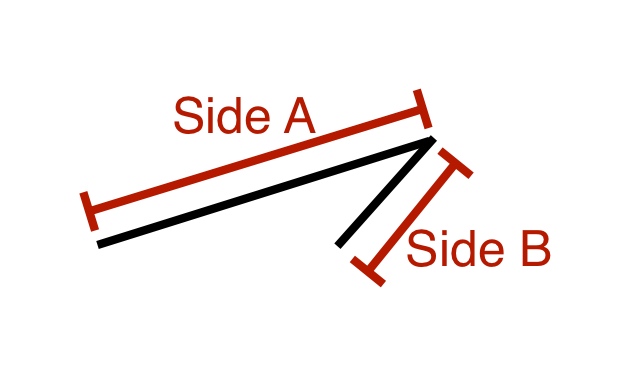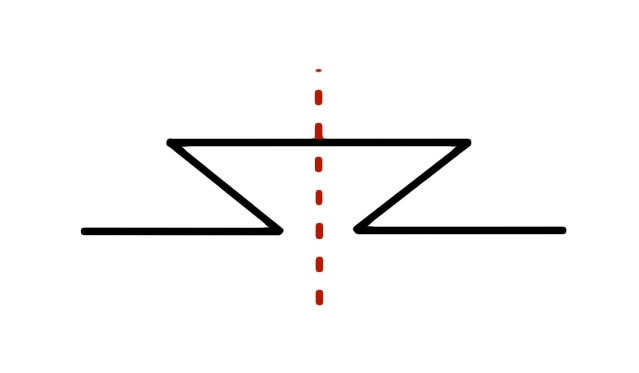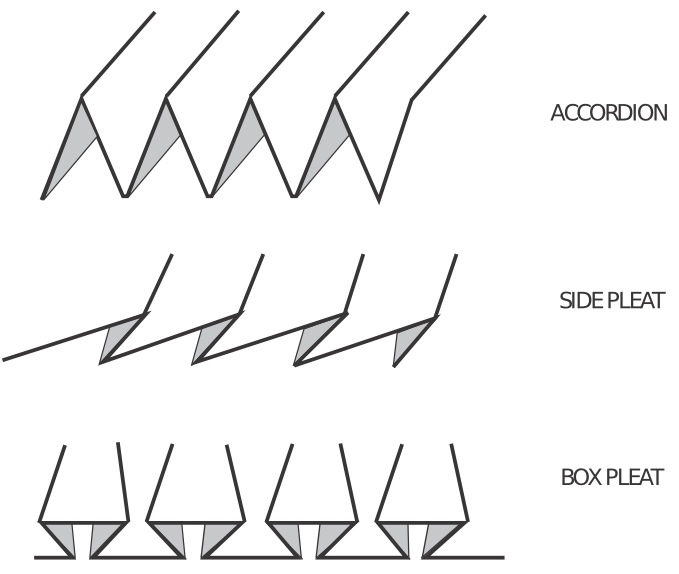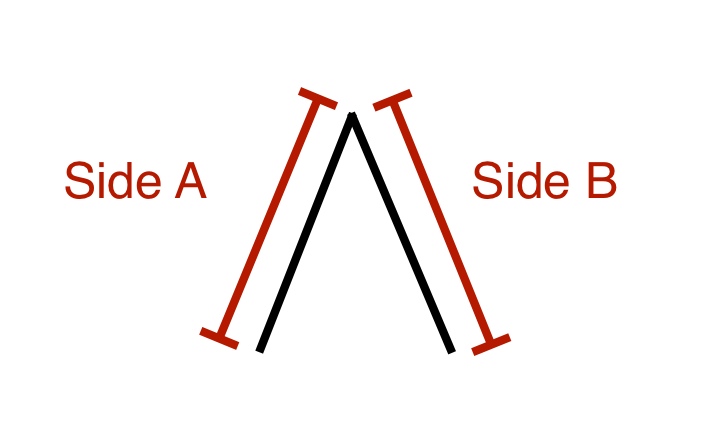The purpose of this post is to break down and distill the components of pleating to its basic building blocks. First, I want to preface this post by explaining that when I say pleating I am referring to the “systematic folding” of fabric and not more organic methods like shibori or fabric crushing.
After speaking with several clients I’ve realized that I need to undercut the topics in these blog posts even more before I can get more technical. I am still getting blank stares from people…I may be speaking but my communication is definitely not being received.
Basically, there are 3 building blocks that make up the large majority of pleating styles you will encounter: accordion, box and side pleat.
Accordion Pleats:
Accordion pleats are easy to spot since they look like an accordion. This pleat is symmetrical, notice that side A and side B are the same length. Therefore, Side A = Side B. When the size of this pleat is very small it is called crystal pleat. Theoretically, since it is a small pleat you would assume it is a “fine” pleat, but personally I feel it is a common and cheaper pleat. That’s just my opinion! I’ll discuss why I feel that way in future posts.
Side Pleats:
When one side of an accordion pleat is shorter then the other, the pleat lays to the side. Hence the name side pleat. Side A > Side B. This pleat is also know as knife pleats but I can’t imagine it appealing to women. ”Knife” sounds more harsh than it does feminine.

Box Pleats:
Last but not least we have the box pleat. If you take two side pleats, invert one and stick them together, tadah…you get a box pleat.

Previous:Process of Face Masks Production and General Equipment
Next:Basic Panel Shapes For Pleating



